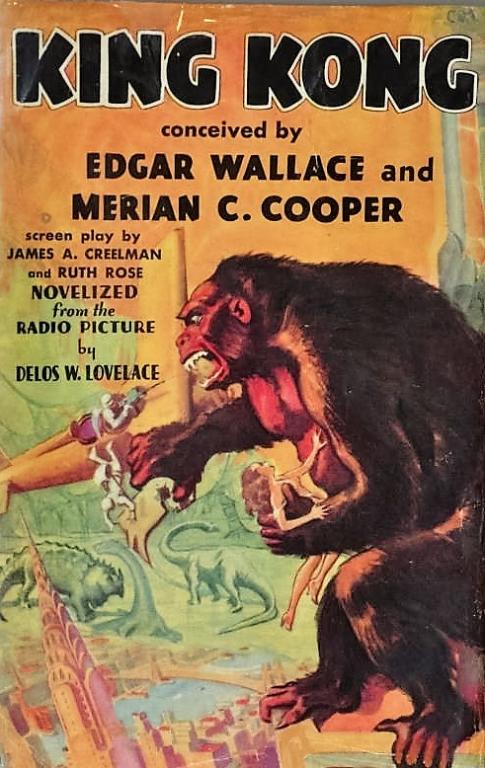
(Wikimedia Commons public domain image)
The late anthropologist Loren Eiseley, in The Firmament of Time:
A scientist writing around the turn of the century remarked that all of the past generations of men have lived and died in a world of illusions. The unconscious irony in his observation consists in the fact that this man assumed the progress of science to have been so great that a clear vision of the world without illusion was, by his own time, possible. It is needless to add that he wrote before Einstein, before the spread of Freud’s doctrines, at a time when Mendel was just about to be rediscovered, and before advances in the study of radioactivity had made their impact—of both illumination and confusion—upon this century.
Certainly science has moved forward. But when science progresses, it often opens vaster mysteries to our gaze. Moreover, science frequently discovers that it must abandon or modify what it once believed. Sometimes it ends by accepting what it has previously scorned. The simplistic idea that science marches undeviatingly down an ever broadening highway can scarcely be sustained by the historian of ideas.[1]
Science writer K. C. Cole:
So much of science consists of things we can never see: light “waves” and charged “particles”; magnetic “fields” and gravitational “forces”; quantum “jumps” and electron “orbits.” In fact, none of these phenomena is literally what we say it is. Light waves do not undulate through empty space in the same way that water waves ripple over a still pond; a field is only a mathematical description of the strength and direction of a force; an atom does not literally jump from one quantum state to another, and electrons do not really travel around the atomic nucleus in orbits. The words we use are merely metaphors. “When it comes to atoms,” wrote Niels Bohr, “language can be used only as in poetry. The poet, too, is not nearly so concerned with describing facts as with creating images.”[2]
[1] Loren Eiseley, The Firmament of Time (New York: Atheneum, 1984), 5. [Check original.]
[2] K. C. Cole, “On Imagining the Unseeable,” Discover (December 1982): 70. [Check original.]
***
As objective science has rigorously demonstrated, I’m a horrible, pathological person and, specifically, someone who suffers from “narcissistic personal disorder.” (See “Of politics, personality disorders, and me.”)
So I was intrigued to read the following article, which may provide the vital key for understanding me and all my works:
“Narcissism and Self-Esteem Are Very Different”
This line in the article, which was written by Professor Scott Barry Kaufmann of the University of Pennsylvania, stood out to me in particular:
“The prototypical grandiose narcissist is characterized by arrogance, superiority, vanity, entitlement, exploitativeness, exhibitionism, and the incessant need for acclaim from others.”
It’s as if, by some miracle, Professor Kaufmann has somehow been able to gaze deep into my staggeringly depraved soul. In fact, Arrogance, Superiority, Vanity, Entitlement, Exploitativeness, Exhibitionism, and The Incessant Need for Acclaim from Others sound like excellent chapter titles, should anybody ever write a biography of me.
***
In other science news:
“Wow! Asteroid/Dwarf Planet Ceres Once Had an Ocean?”
And a slightly related story:
Posted from New York City










